With its minimalist design, prime location and just the right amount of privacy, Hotel Scenario offers the perfect atmosphere for a restful evening after a busy day on the streets of Rome.
I’ve lost count of the number of times I’ve visited Rome. Whether it’s for work, for pleasure, for a few hours or a few nights, I come home with a sense of ecstasy each time, always as if it were my first time. It’s lovely, but it’s also very tiring, both physically and mentally. That’s because the city is fascinating – it goes without saying – but it takes a lot of energy to ‘survive’ its lifestyle. Walking definitely helps. Avoiding the unbelievable traffic and overcrowded metro always allows me to stumble upon a piece of history that typically goes unnoticed.
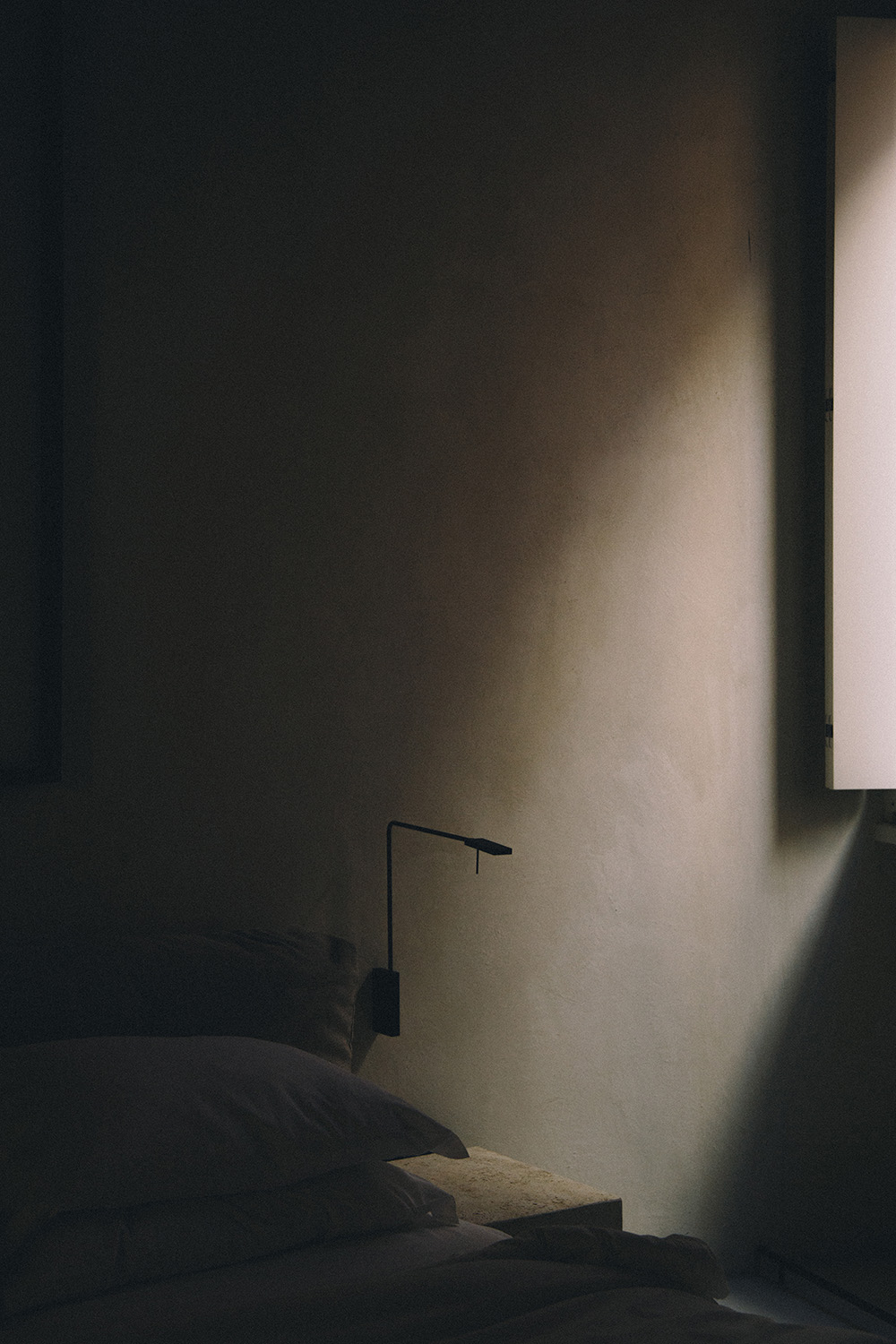
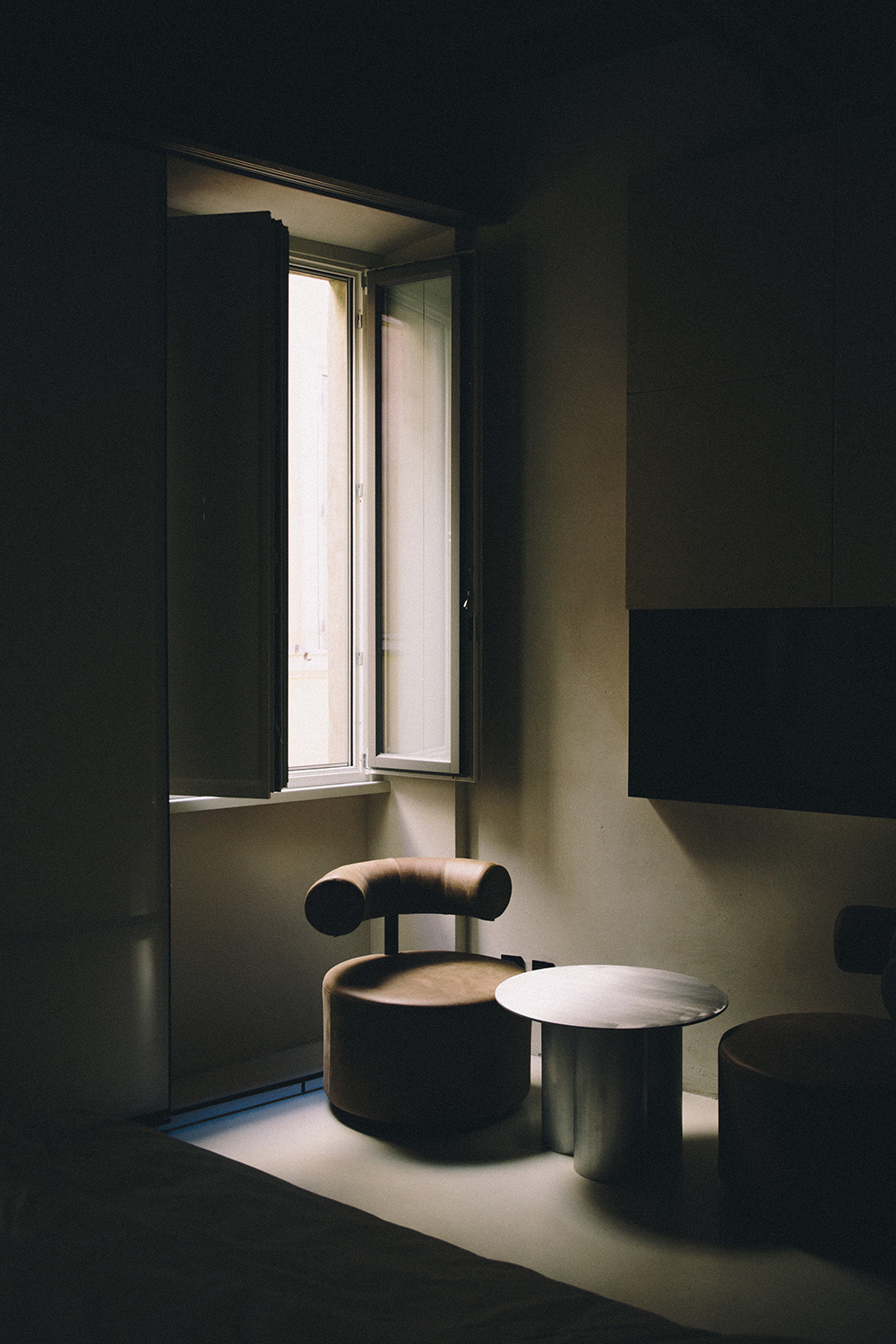
There are countless finds to be made, such as the Baths of Agrippa, an ancient Roman bathing complex that opened in 12 BC located just a stone’s throw from the iconic Pantheon. And between those two monuments is Hotel Scenario, a boutique hotel with just 12 rooms that opened in September 2019 in a 16th-century building that formerly belonged to a religious congregation. Located in a small street, it could easily be missed by a stray tourist because its door looks like that of an ordinary residence. However, you only have to walk through the entrance to begin to take in the meticulous work done by MORQ.
“Even with interior design projects, we never think of an interior space by itself, but rather as a continuation of an urban universe. It’s something we’ve always done, and in this case (entering the hotel), it’s almost like you’re still walking through the historic centre,” says Emiliano Roia, one of the partners in the architecture firm, alongside Matteo Monteduro and Andrea Quagliola. In fact, many of the materials they use in their projects were originally made for outdoor spaces. In this case, for example, terracotta was used at the entrance and in the common areas of the hotel.
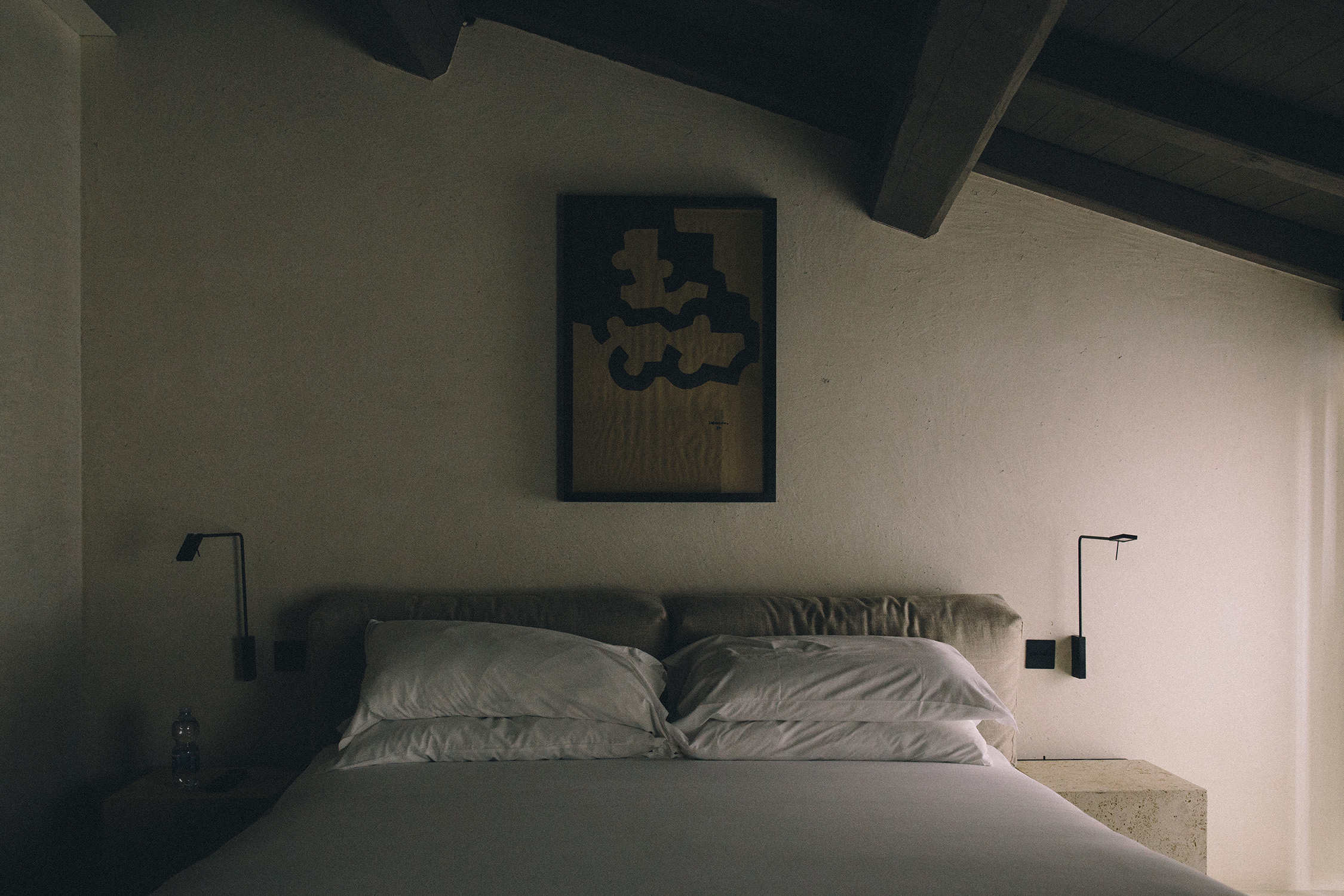
Another of their hallmarks is taking the best advantage of what a place already has to offer. “We grew up in Rome – not only as human beings, but also as students and professionals – and we always treat what is already there with great respect and care,” Roia adds. The original structure of the building was kept for the Scenario, and one of these features is the difference in height between one floor and the next: in the past the first floor would have the highest ceiling, becoming increasingly lower with each upper floor.
There are three floors in total, each designed in a slightly different way, but always providing a comfortable stay. The main staircase was also kept, as were the wooden ceiling beams in some of the rooms, although they are painted in a neutral colour to steer the design away from a rustic approach. “Overall, our dialogue is clean, basic, and we like the idea of not defining and separating the old and the new,” Emiliano explains.
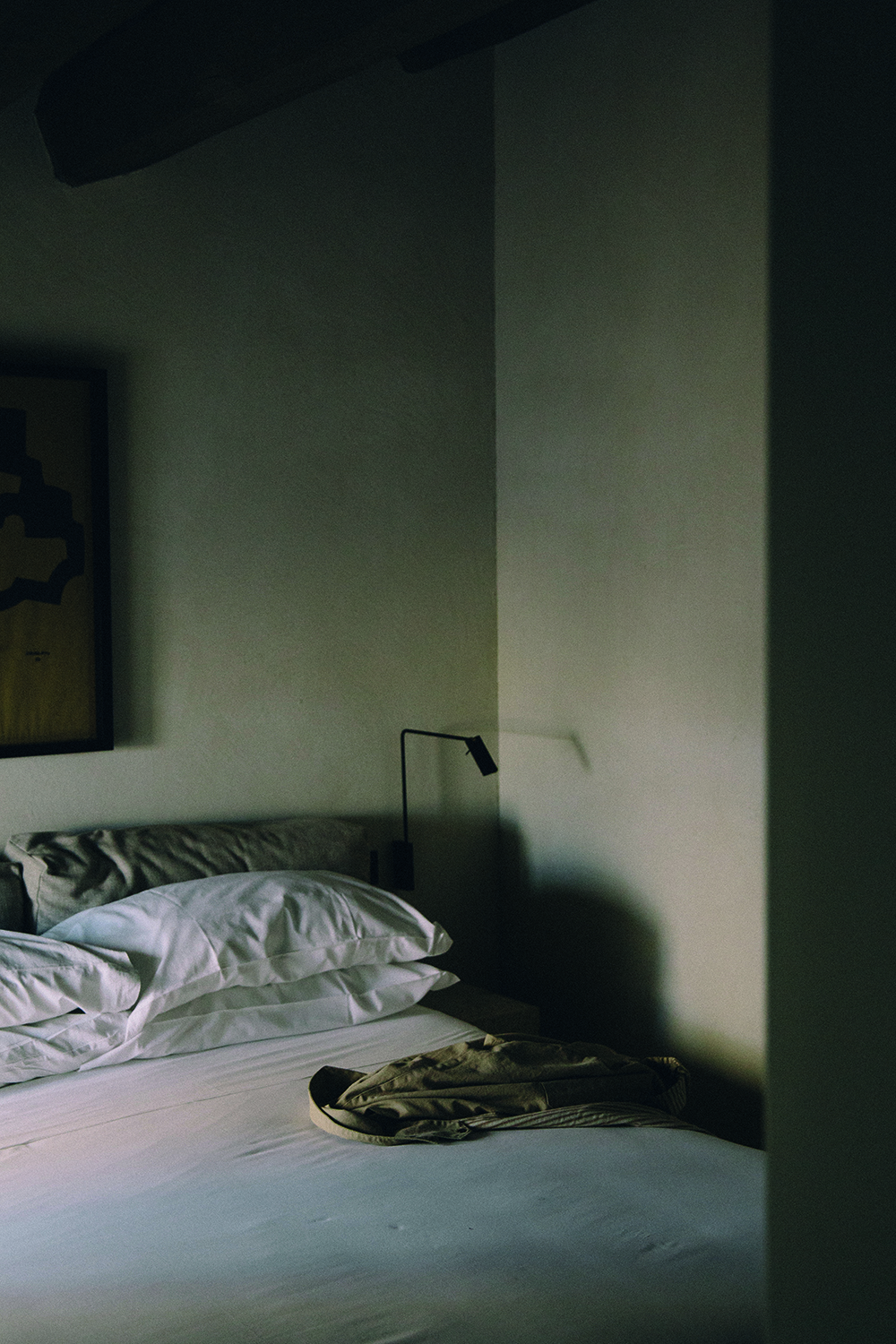
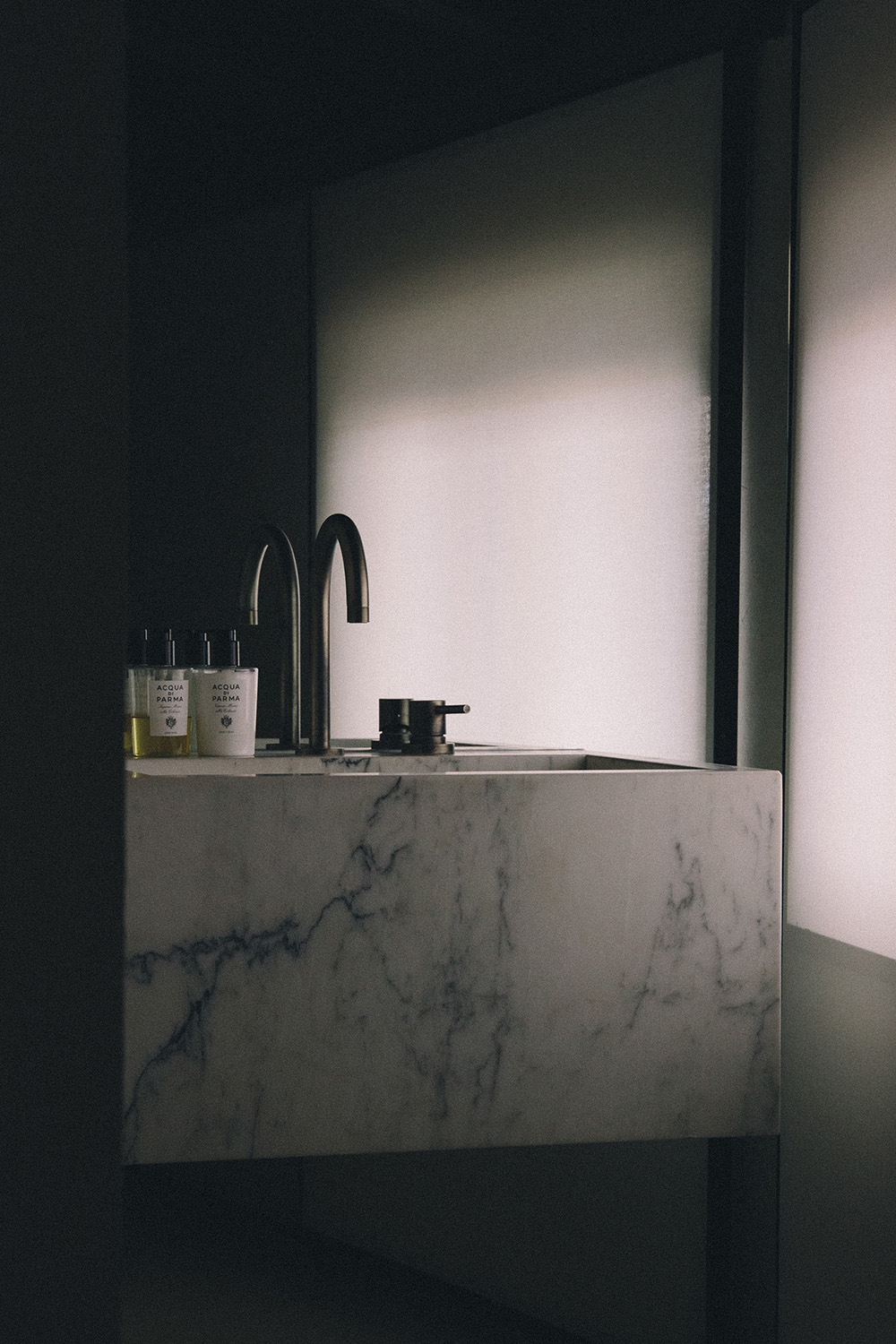
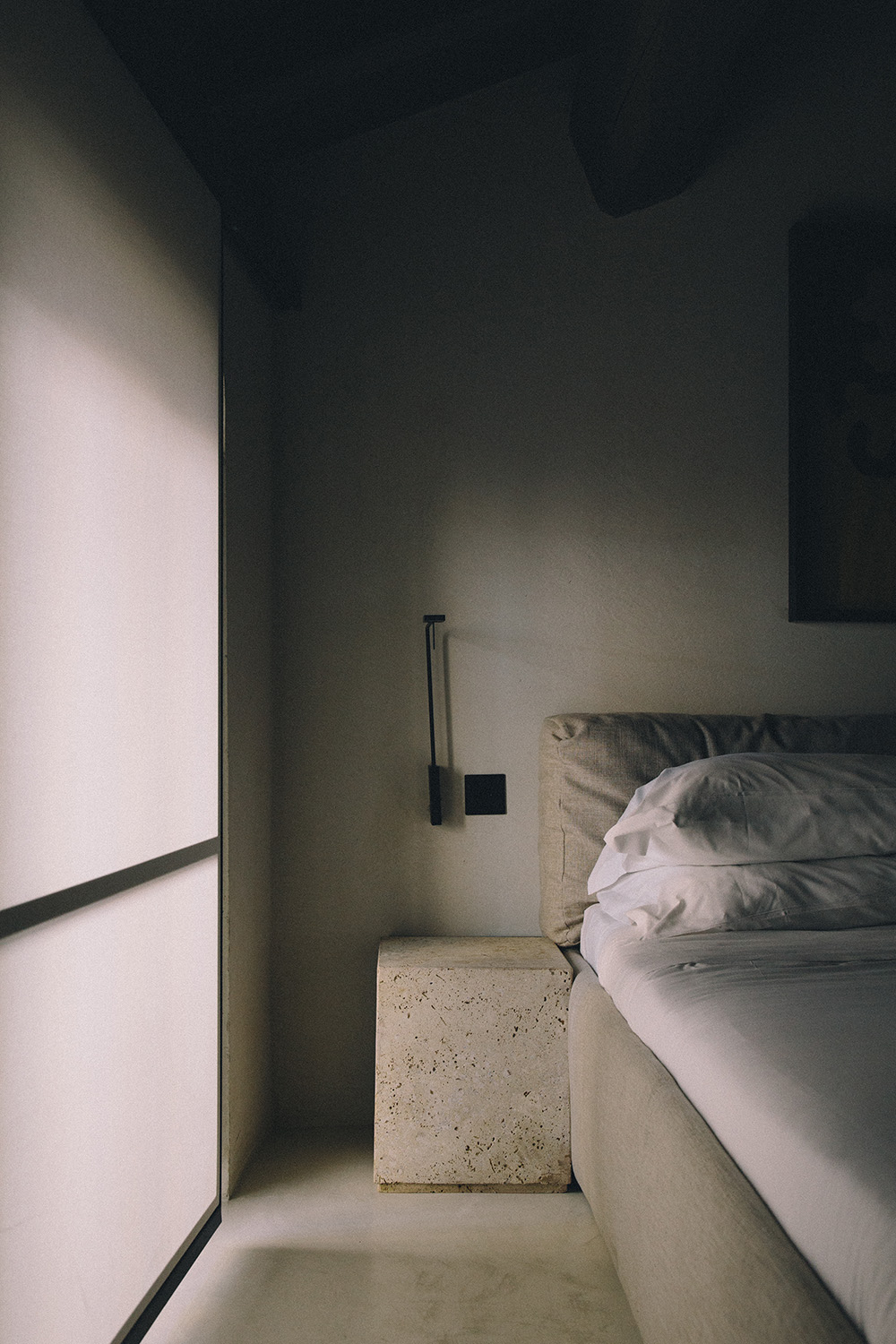
Unlike some of the hotels that have emerged in recent years, which focus on the idea of making guests feel at home, the goal at the Scenario is the exact opposite. “What’s nice about the idea of a hotel is that you go to a hotel because you’re on holiday, because you want to feel special,” he says. So, to complete the design, the team chose to add super-modern furniture that eschews the idea of the familiar, such as curtains in an ultra-minimalist style with a Japanese twist, to let the light in without compromising the ambience.
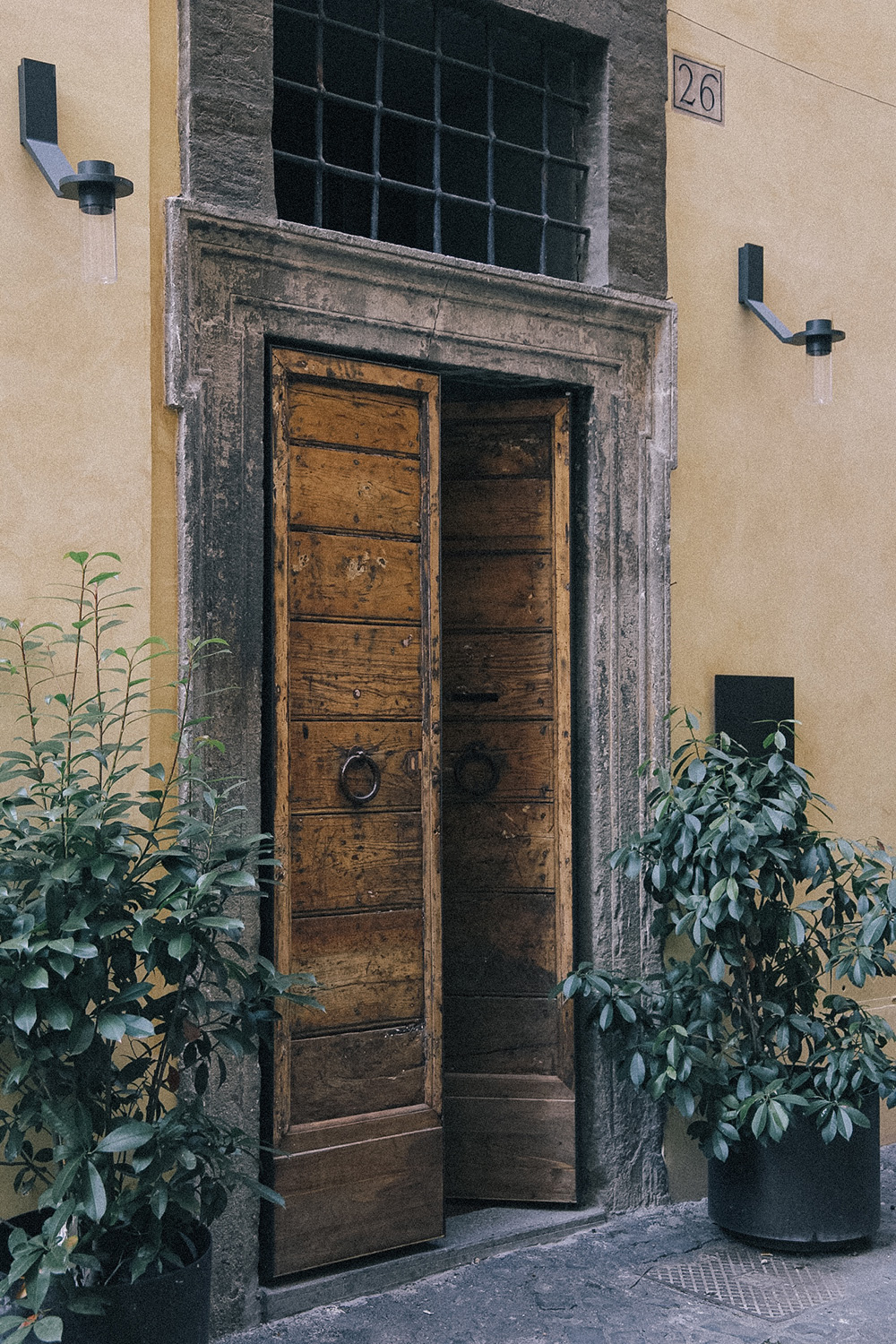
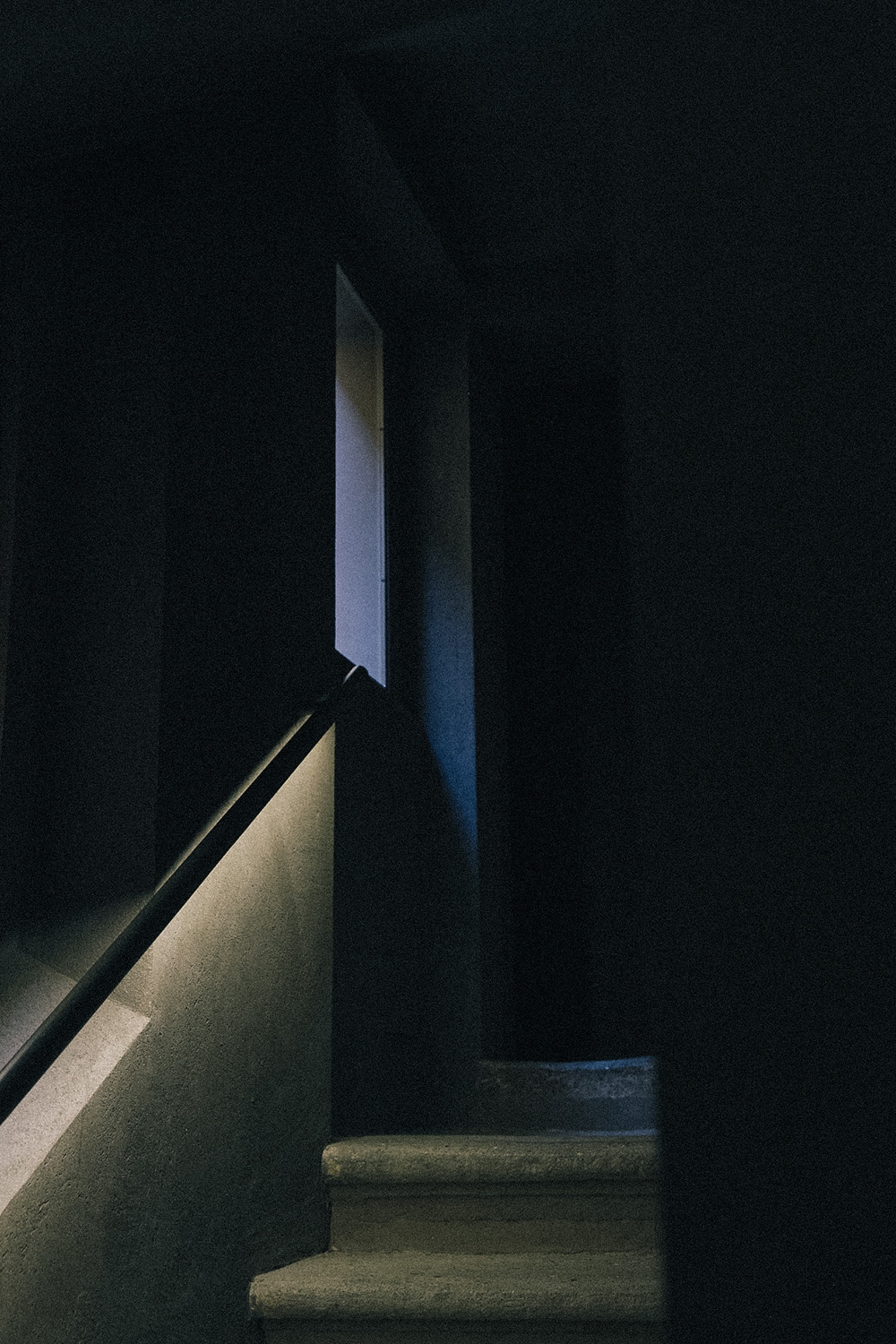
Other custom-designed pieces of furniture, essential in such a setting, are the bedside tables: simple stone cubes that fulfil their purpose with great functionality. Other design elements created by MORQ are the leather armchairs and the three-legged aluminium tables found in almost every room. “When we think of a project of this sort, we have to imagine that the person who enjoys that space will always be the focus,” Emiliano acknowledges.




